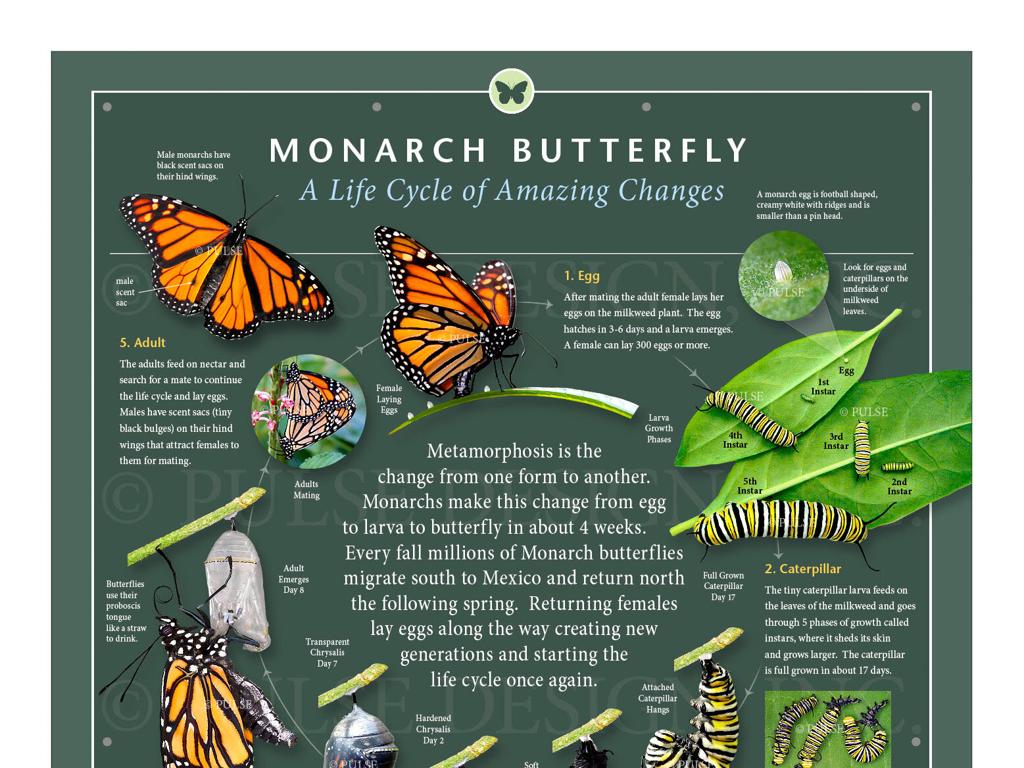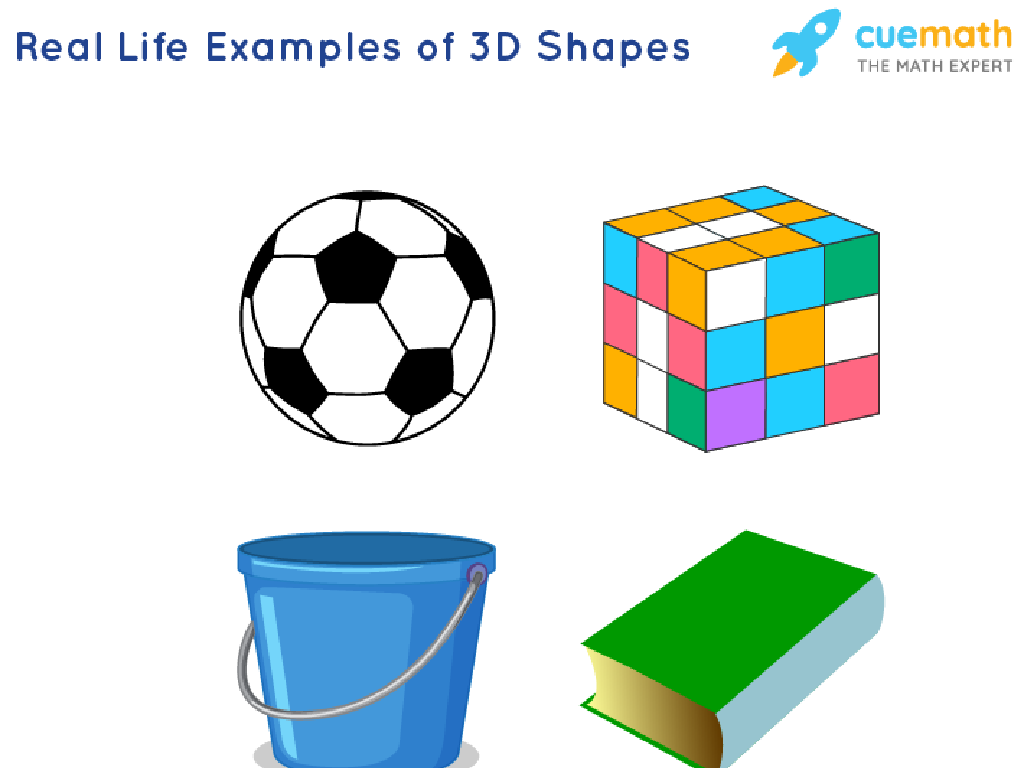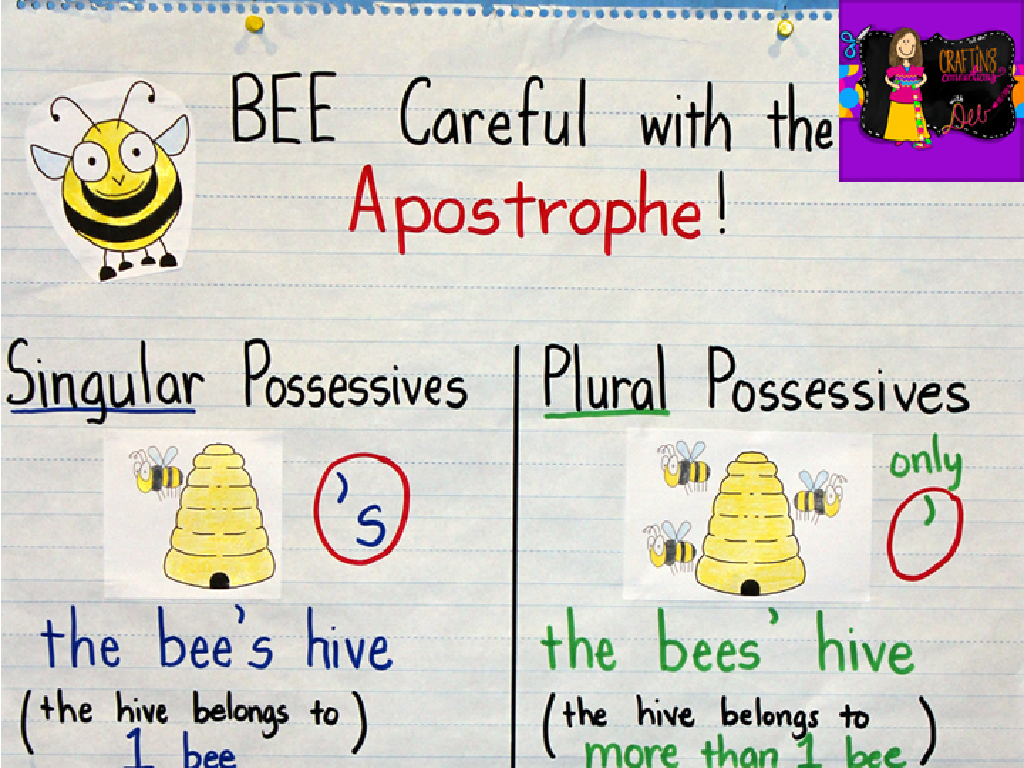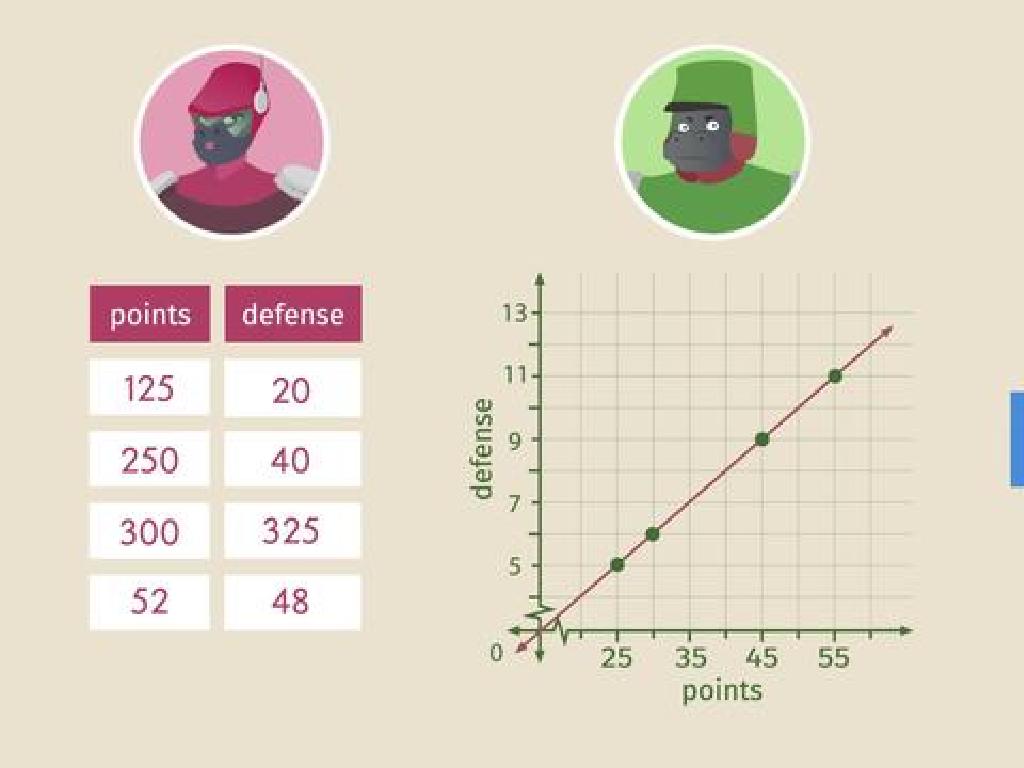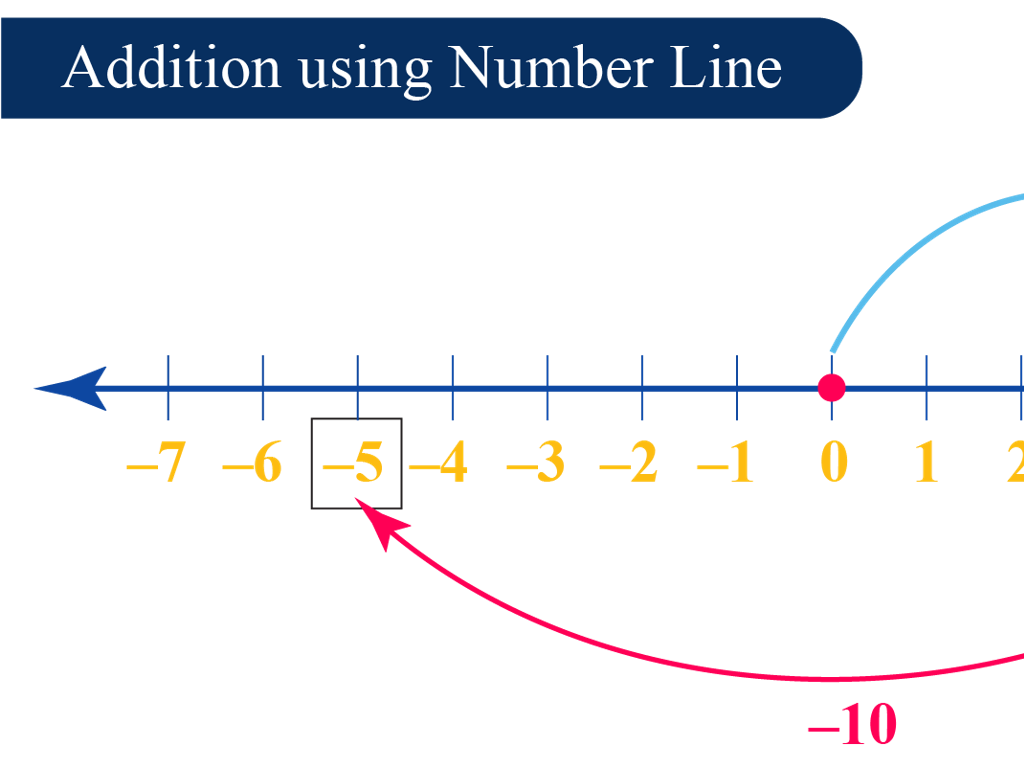Read Animal Life Cycle Diagrams
Subject: Science
Grade: Third grade
Topic: Animals
Please LOG IN to download the presentation. Access is available to registered users only.
View More Content
Welcome to Animal Life Cycles
– What is a Life Cycle?
– A process an animal goes through from birth to adulthood.
– Stages of a Life Cycle
– Birth, growth, reproduction, and death are common stages.
– Importance of Life Cycles
– Knowing life cycles helps us understand how animals grow and change.
– Examples of Animal Life Cycles
– Consider the butterfly: from egg to caterpillar to pupa to adult.
|
This slide introduces the concept of life cycles, a fundamental aspect of biology that describes the stages an animal goes through from birth to reproducing and eventually dying. It’s crucial for students to grasp this concept to better understand the natural world and the processes that govern life. Emphasize the importance of life cycles in understanding animal behavior, environmental impact, and species conservation. Use the butterfly as an example because it has distinct and observable stages that can be easily understood by third graders. Encourage students to think of other animals and their life cycles to discuss in the next class.
Exploring Life Cycles in Animals
– What is a Life Cycle?
– A series of stages from birth to death that an animal goes through
– Key Stages: Birth to Death
– Birth, growth, reproduction, and death are the main stages
– Each Animal’s Cycle is Unique
– Different animals have different life cycles, like butterflies and frogs
– Life Cycle Diagrams
|
This slide introduces the concept of a life cycle, which is fundamental to understanding biology and the development of animals. Start by defining a life cycle and discussing the common stages that most animals go through. Emphasize that while all animals have these stages, each species has a unique life cycle that can vary greatly. For example, compare the simple life cycle of a chicken with the complex metamorphosis of a butterfly. Use diagrams to visually represent the concept, and encourage students to think of animals they know and consider what their life cycles might look like. This will prepare them for more detailed study of specific animal life cycles and the creation of their own life cycle diagrams.
Life Cycle of a Butterfly
– Egg Stage: Start of life
– The butterfly begins as a tiny egg.
– Caterpillar Stage: Growth
– Caterpillar hatches and eats a lot to grow.
– Pupa Stage: Transformation
– Inside the pupa, the caterpillar changes.
– Butterfly Stage: Reproduction
– Adult butterfly emerges to lay eggs.
|
This slide introduces students to the four stages of a butterfly’s life cycle. Begin with the egg stage, explaining that it’s the very start of the butterfly’s life, usually laid on a leaf. Move on to the caterpillar stage, where students learn about the caterpillar’s need to eat and grow. The pupa stage is where the magic happens, and the caterpillar transforms into a butterfly inside the chrysalis. Finally, discuss the butterfly stage, where the butterfly emerges, ready to start the cycle again by laying eggs. Use diagrams to illustrate each stage and encourage students to think of questions about each part of the life cycle.
Life Cycle of a Frog
– Frogs begin life as eggs in water
– Eggs are laid in clusters called spawn
– Tadpoles hatch from eggs
– Tadpoles breathe with gills and swim
– Tadpoles undergo metamorphosis
– They develop legs and lungs to live on land
– Adult frogs can lay eggs
– Fully grown, they return to water to lay eggs
|
This slide introduces the life cycle of a frog, which is a classic example of metamorphosis in animals. Start by explaining that frogs lay eggs in water, which hatch into tadpoles. Tadpoles are entirely aquatic and have gills like fish. As they grow, they undergo a dramatic transformation called metamorphosis, where they develop legs and lungs to adapt to life on land. Once they become adult frogs, they are capable of laying eggs in water, thus completing the life cycle. Encourage students to think about how the frog’s body changes at each stage and why these changes might be necessary for survival. You can also discuss the environment’s role in the frog’s life cycle and how each stage fits into their habitat.
Comparing Animal Life Cycles
– Similarities in life cycles
– Many animals hatch from eggs and grow into adults.
– Unique differences
– Frogs start as tadpoles, butterflies begin as caterpillars.
– Varied animal life spans
– A fly lives for weeks, while a turtle can live for decades.
– Discuss life cycle stages
|
This slide aims to help students understand that while all animals go through a life cycle, there are both similarities and unique differences in these cycles. Start by discussing the general stages of life cycles that many animals share, such as birth, growth, reproduction, and death. Then, highlight the unique aspects of different animals’ life cycles, like metamorphosis in butterflies and frogs. Discuss how the lifespan of animals can vary greatly, from the short life of an insect to the lengthy life of a turtle. Encourage students to think about the life cycles of animals they are familiar with and to consider how these cycles reflect the animals’ environments and survival strategies.
Reading Animal Life Cycle Diagrams
– Identify life cycle stages
– Look for birth, growth, reproduction, and end stages.
– Understand life stage sequence
– Stages follow an order: egg, larva, pupa, adult for butterflies.
– Describe each life stage
– Use the diagram to explain what happens in each part.
– Recognize patterns in life cycles
– Many animals have similar stages, even if they look different.
|
This slide aims to teach students how to read and interpret life cycle diagrams of animals. Start by explaining the concept of a life cycle and its importance in understanding how animals grow and reproduce. Show them how to identify the different stages in a life cycle diagram, such as birth, growth, reproduction, and end of life. Emphasize the sequence of these stages and how one leads to the next. Encourage students to use the diagrams to describe each stage in their own words, fostering comprehension and vocabulary skills. Highlight that while the specifics of life cycles can vary across species, the pattern of stages is often similar, which can help them recognize and predict life cycles of unfamiliar animals.
Class Activity: Create Your Own Life Cycle
– Pick an animal of interest
– Illustrate the life cycle stages
– Include stages like birth, growth, reproduction, and adult
– Label each stage clearly
– Use words like ‘egg’, ‘larva’, ‘pupa’, ‘adult’ for insects
– Get ready to present to the class
|
This activity is designed to help students understand the concept of life cycles by creating a visual representation of the stages an animal goes through from birth to adulthood. Students should choose an animal, research, and draw the distinct stages of its life cycle, ensuring they label each part accurately. Encourage creativity but also accuracy in their diagrams. Provide examples of simple life cycles, like that of a butterfly or frog, to guide them. Once completed, each student will present their diagram to the class, explaining the stages they’ve illustrated. This will reinforce their understanding and help them practice public speaking. Possible variations for different students could include creating a life cycle poster, a 3D model, or even a digital slideshow if resources allow.

